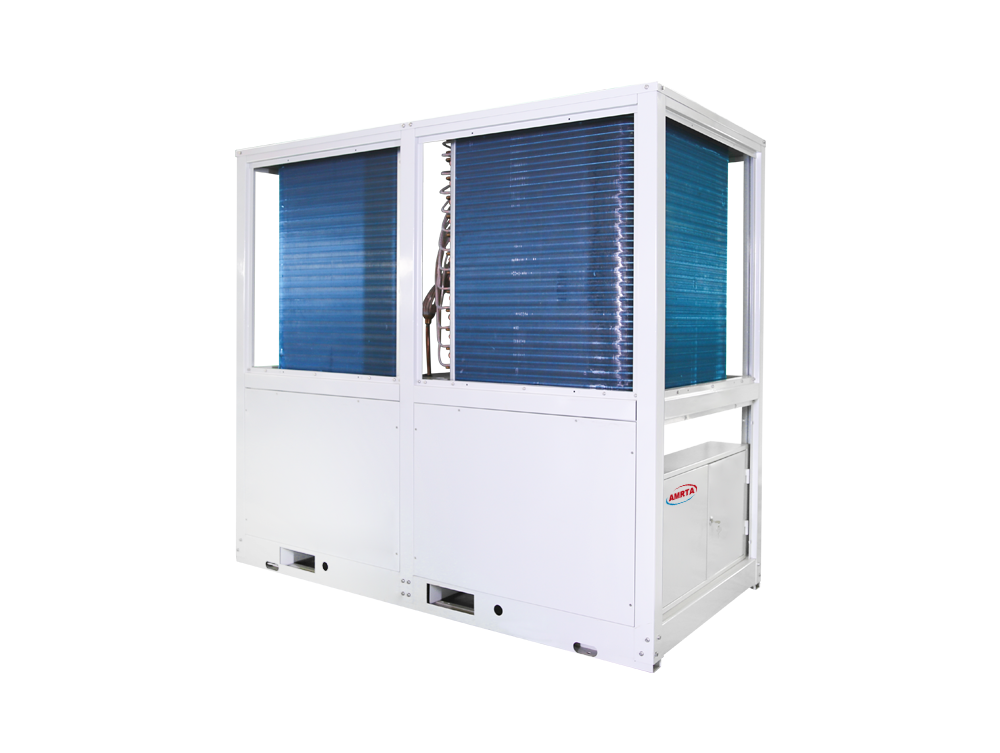There are many factors affecting the grading process, which are summarized in three aspects, namely ore properties, equipment construction and operating conditions.
1. The effect of ore properties on the classification process
When the graded material contains more mud or fine fraction, the viscosity of the slurry increases, so that the sedimentation speed of the ore in the slurry decreases, and the particle size of the overflow product becomes coarse. In this case, in order to ensure that the particle size in the overflow product meets the requirements, the slurry concentration should be appropriately reduced; when the graded material contains less mud, or is delimed, in order to avoid excessive entrainment in the return sand For the grade, the graded concentration should be increased appropriately.
In the case where the classification concentration and other conditions are the same, if the specific gravity of the classified material is smaller, the viscosity of the slurry is larger. At this time, the particle size of the overflow product becomes coarse. Conversely, the greater the specific gravity of the graded material, the higher the fine fraction level in the return sand. Therefore, when grading a large proportion of ore, the grading concentration should be appropriately increased; when grading a small specific gravity ore, the grading concentration should be appropriately reduced.
2. Influence of structural factors on the classification process
The size of the grading area in the tank affects the grading capacity and grading granularity determining factors. The width of the grading tank has a great influence on the processing capacity of the classifier. Because of the wide width of the trough, the sedimentation area of ​​the ore increases and the amount of treatment increases. Therefore, the width of the classifier should be compatible with the size of the mill. In order to increase the area in the classifier tank, only the height of the weir can be increased in production. The height of the weir is customarily referred to as the slope height of the centerline of the screw shaft to the top of the weir. For high-grade classifiers, the overflow height is 400 to 800 mm, and for submersible classifiers, the overflow height is 930 to 2000 mm.
The speed of the screw shaft affects the degree of agitation of the liquid surface and the ability to transport sand. When the rotation speed is high, the mixing effect on the slurry is strong, and there are many coarse particles entrained in the overflow. Therefore, in the classifier used in the rough grinding cycle, the speed of the spiral should be faster; in the classifier used in the secondary grinding or fine grinding cycle, the speed of the spiral should be faster; in the secondary grinding or fine grinding For the classifier used in the cycle, the speed of the helix should be slower. Screw speed and the diameter of the coil, generally within 1.5 to 10 rev / min range.
3. Influence of operating conditions on the classification process
The operation of the classifier is mainly to adjust the classification concentration, and the change of the concentration directly affects the classification granularity and the classification effect. When the concentration of the slurry is lowered, the viscosity of the slurry is also reduced, so that the sedimentation speed of the ore particles is also accelerated, so the fineness of the overflow product is increased. Conversely, the fineness of the overflow product is reduced. However, it should be pointed out that when the concentration of the slurry is reduced to a certain extent, if the concentration of the slurry continues to decrease, the fineness of the overflow product will be lowered. This is because when the concentration is lowered a lot, the volume of the slurry is increased, so that the slurry flow rate (upward flow rate and horizontal flow rate) in the classifier is also increased. Therefore, coarser ore particles are also flushed into the overflow product. Therefore, the grading concentration must remain stable.
When the concentration of the slurry is constant, if the amount of minerals fed into the classifier increases, the flow rate of the slurry also increases, thereby reducing the fineness of the overflow. On the contrary, the fineness of the overflow is increased, and the fine particle content of the returned sand is also increased. Therefore, the graded ore supply should be appropriate and should be kept evenly.
Characteristics:
1. Spare parts: With world famous brand, COPELAND/DANFOSS brand scroll compressor, BITZER brand screw compressor, SCHNEIDER electric parts, EMERSON/DANFOSS refrigerant valves.
2. Controller: SIEMENS PLC controller.
3. Evaporator: High efficiency and low pressure drop stainless steel (AISI 316) water exchangers, with anti-freeze heating element (option) and differential pressure switch, factory insulated with flexible close cell material.
4. Condenser: Condenser Coils are consisting of seamless copper tubes mechanically expanded into blue hydrophilic aluminum fins, 100% fully quality tested; sub cooling circuit to prevent freezing at the base (optional); protected with metal grill. Heat exchanger with electrophoresis (optional).
5. Application:
Brine Refrigerant
Industrial cooling solution

Brine Water Chiller
Brine Water Chiller,Industrial Brine Water Chiller,Glycol Brine Water Chiller,Air Cooled Brine Water Chiller
Jinan Amrta Air Conditioning Co.,Ltd , https://www.amrtaac.com